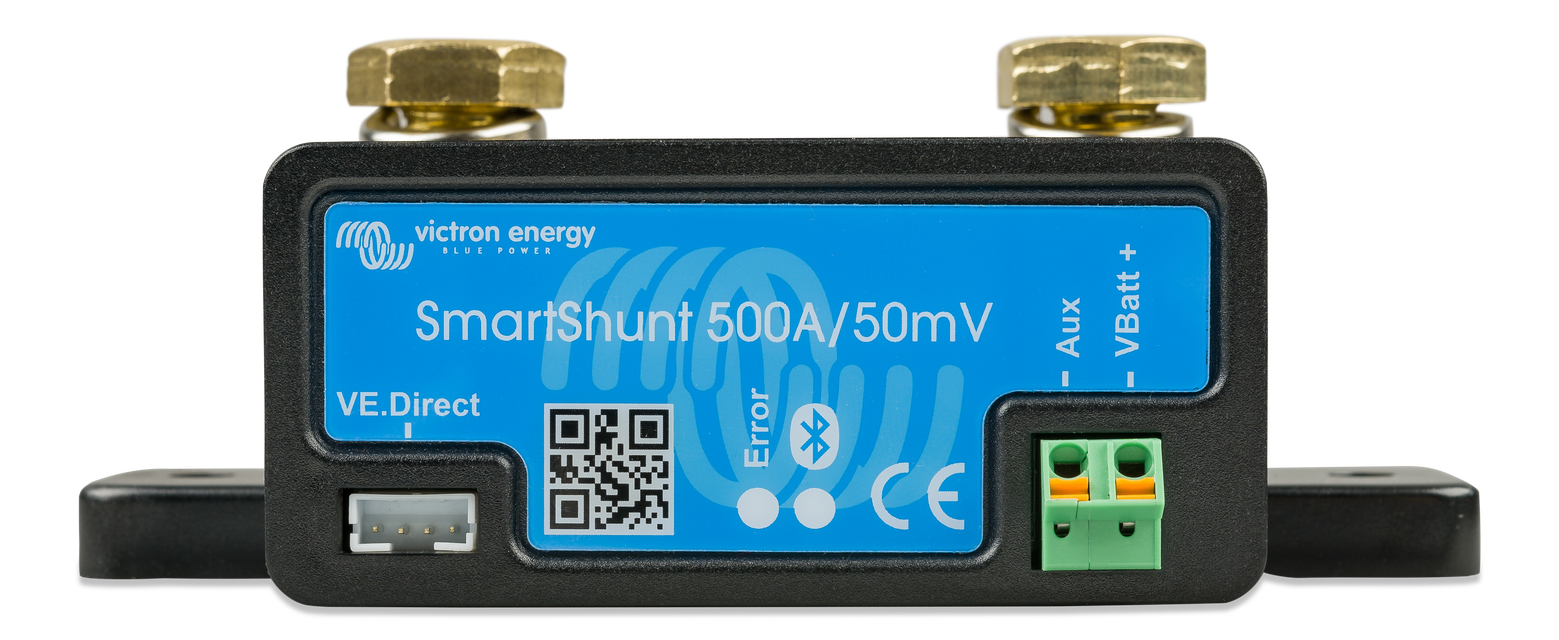Vigilant24
New Member
- Joined
- Aug 23, 2022
- Messages
- 119
I'm learning about the "art" of determining the true charge state of flooded lead acid batteries.
- Read the voltage?
"That only works if they've had no charge or discharge for 5 hours (or maybe 12 hours)"
" They can have a surface charge, so you need to put a load on them and then check. Still, it's iffy"
- Read the specific gravity with an hydrometer?
" That doesn't work well immediately after charging or discharge due to electrolyte stratification."
" Gotta sir up the electrolyte (bulb squirt or equalization charge) for this to be accurate."
Given all that, how does a SCC (e.g. the EPEVER 3210AN that I'm looking at) ever determine the true SOC and when to go from bulk charge to absorption charge to float charge? Is it via something to do with the rate at which the battery voltage itself changes as the charging process occurs? If so, how the heck does it even measure battery voltage given the issues cited above?
Also, some SCC's have a display for "% state of charge" that is ostensibly there to tell you how full the battery is. Some folks who know more thn I do (virtually everyone! ) say this isn't very accurate--at all. Still, again, wouldn't the SCC need to know the SOC to know intelligently change charging modes?
) say this isn't very accurate--at all. Still, again, wouldn't the SCC need to know the SOC to know intelligently change charging modes?
Thanks for any insight on this.
Mark
- Read the voltage?
"That only works if they've had no charge or discharge for 5 hours (or maybe 12 hours)"
" They can have a surface charge, so you need to put a load on them and then check. Still, it's iffy"
- Read the specific gravity with an hydrometer?
" That doesn't work well immediately after charging or discharge due to electrolyte stratification."
" Gotta sir up the electrolyte (bulb squirt or equalization charge) for this to be accurate."
Given all that, how does a SCC (e.g. the EPEVER 3210AN that I'm looking at) ever determine the true SOC and when to go from bulk charge to absorption charge to float charge? Is it via something to do with the rate at which the battery voltage itself changes as the charging process occurs? If so, how the heck does it even measure battery voltage given the issues cited above?
Also, some SCC's have a display for "% state of charge" that is ostensibly there to tell you how full the battery is. Some folks who know more thn I do (virtually everyone!
Thanks for any insight on this.
Mark
Last edited:



